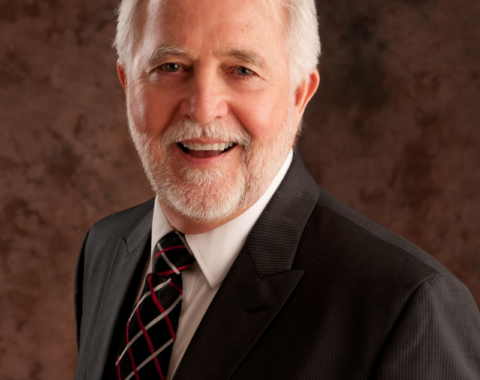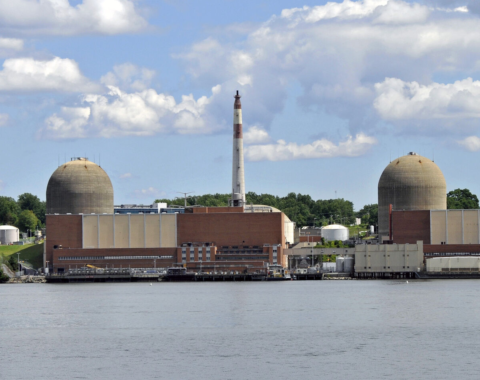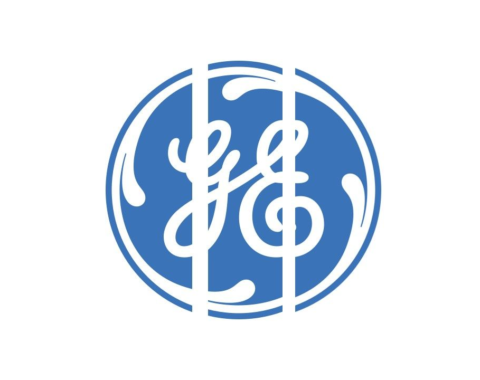Remember the song by John Lennon, Imagine! Well …. try to Imagine the year 2030, not so far away. Based on the current status – that world, here in the U.S., will be without new nuclear power plants. And many of the operating nuclear plants will be phasing out, due to age and/or current license limitations.
High upfront capital costs, stringent regulations, long lead times, and public opposition to nuclear have created an atmosphere of fear about building new nuclear plants. But now, they are needed the most because states are realizing that they can’t meet their carbon emission goals without them. In addition, without them – electric rates will be sky high by 2030, since renewables will no longer have government subsidies and the cost for energy storage to back them up and provide reliability … is even more costly.
However, you still have time, but the next few years are critical as our existing nuclear fleet, built in the 70’s and 80’s is going to reach the end of their current license extension end dates; 2030 – 2050. Maybe some will seek a 2nd or even a 3rd license extension, but these extensions will experience critical opposition. And based on recent experience with VC Summer and Vogtle, it looks like new construction takes ~15 years vice the 5 years promised by the designers. Therefore, new construction needs to get started now, or the nation will begin to lose its clean, reliable, resilient baseload energy supply – that they have relied on for the past few decades to supply ~20% of the nation’s electricity needs.
If you don’t want nuclear for baseload, what will it be? You say NO … to coal or natural gas, and renewables require energy storage in order to provide baseload. How you decide to replace baseload is the crux of the problem or … we can accept rolling brownouts and blackouts during inclement weather and at night.
In 2022, we have 93 commercial operating nuclear units at 55 nuclear power plants in 28 states in the U.S. but how long these plants will continue to operate is a mystery. According to the EIA (Energy Information Administration) we could see the closing of 12 more nuclear units by the end of 2025. Over the past few years, we have seen several plants shutdown long before their license end dates: Crystal River, Kewaunee, Indian Point, Oyster Creek, Pilgrim, & Vermont Yankee, for example.
Yes, solar and wind make a considerable contribution (together about 17%) but until the issue of energy storage is resolved these renewables are not reliable at night or on a cloudy day. And what will be the additional costs when battery storage is added to these sources? Also, consider the increase in cost of electricity once the renewable tax incentives and government subsidies are removed. In Europe, where this has already occurred, electricity costs are double and triple electricity rates here in the U.S.
Those of you that feel the answer is to provide your own solar and wind power, think about this; utilities are now starting to charge for the use of their distribution system just like any other utility would have to do using their system, so unless you are completely self-sufficient that option is not going to be as much a WIN-WIN as you may have been led to believe.
Therefore… how you – the public, react to these issues will determine whether the next decade is a new dawn or a sunset for commercial nuclear power in the U.S.



